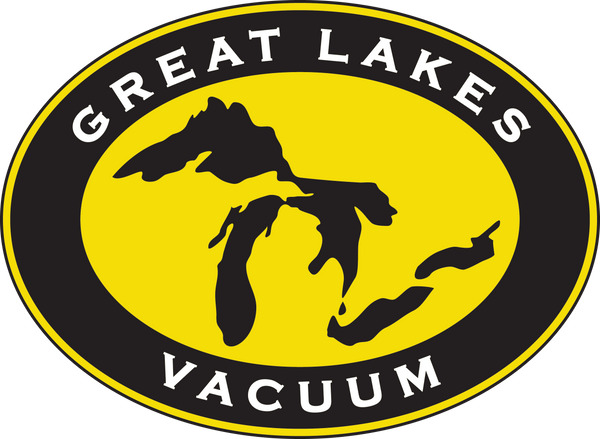Sourcing Parts: Tariff Consequences and what are my options?
Share

Sourcing Parts: Tariff Consequences and what are my options?
As tariffs continue to impact pricing, the demand for high-quality solutions will only grow. While OEM parts offer assurance and consistency, aftermarket components provide flexibility, affordability, and comparable reliability. Aftermarket part sourcing is becoming significantly more popular as a strategic and cost-effective choice.
At Great Lakes Vacuum, we supply both to our vacuum pump customers – and we ultimately offer cost-effective, high-quality solutions that frequently complement OEM requirements for compatibility and reliability.
Market Trends & Aftermarket Growth
The global vacuum pump market is projected to reach $8.2 billion by 2032, growing at a CAGR of 5.8%. This growth is driven by:
- Expanding industrial applications in semiconductor, chemical, and automotive sectors.
- Technological advancements in energy-efficient vacuum systems.
- Increasing demand for aftermarket parts due to cost savings and supply chain flexibility.
Meanwhile, the mechanical booster (blower) market is expected to grow at a CAGR of 6.1%, reaching $2.6 billion by 2032. These boosters are widely used in vacuum metallurgy, semiconductor manufacturing, and chemical processing, where enhanced vacuum performance is required.
Why Aftermarket Parts Are Gaining Traction
Aftermarket parts provide a cost-effective and reliable alternative to OEM components. Businesses are increasingly turning to aftermarket solutions due to:
- Tariff-related price hikes on OEM parts.
- Supply chain disruptions affecting OEM availability.
- Comparable or enhanced performance at a lower cost.
OEM parts are manufactured by the original producer of the equipment, ensuring a precise fit and adherence to strict specifications. While they offer consistency and warranty protection, they often come at a premium price and may have limited availability. In fact, OEM parts are often sourced from various suppliers (often overseas) in accordance with OEM specifications.
Aftermarket parts, on the other hand, are produced by third-party manufacturers. These components are designed to either replicate OEM specifications or introduce enhancements. The key advantages of aftermarket parts include:
- Cost Savings – Aftermarket parts are generally more affordable than OEM alternatives, making them an attractive option for businesses looking to optimize maintenance budgets.
- Availability & Flexibility – With multiple manufacturers producing aftermarket components, sourcing becomes easier, especially for older models.
- Comparable or Enhanced Performance – Many aftermarket parts meet or exceed OEM standards, offering durability and efficiency.
Aftermarket Parts in Industrial Vacuum Pumps
For OEM brands, aftermarket parts play a crucial role in keeping equipment running efficiently. These components are engineered to be complementary and compatible, ensuring seamless integration with existing systems.
Industries relying on vacuum pumps and mechanical boosters often turn to aftermarket solutions for:
- Routine maintenance without excessive costs.
- Performance upgrades that enhance durability.
- Quick replacements when OEM parts are unavailable or delayed.
Tariff Issues & the Growing Demand for Aftermarket Parts
In today’s economic climate, tariffs and trade restrictions have led to higher pricing on OEM parts, forcing businesses to explore alternative sourcing options. As a result, aftermarket parts have gained traction as a cost-effective and reliable solution. Companies are increasingly prioritizing quality aftermarket components to maintain operational efficiency without breaking the bank.
At Great Lakes Vacuum, we understand the importance of balancing cost, reliability, and performance. www.greatlakesvacuum.com
